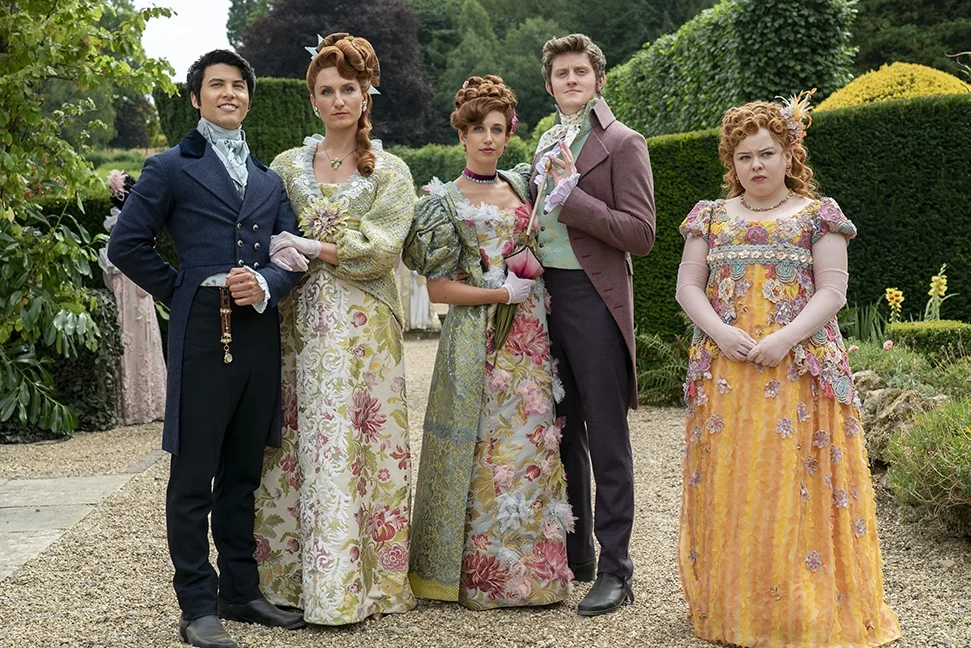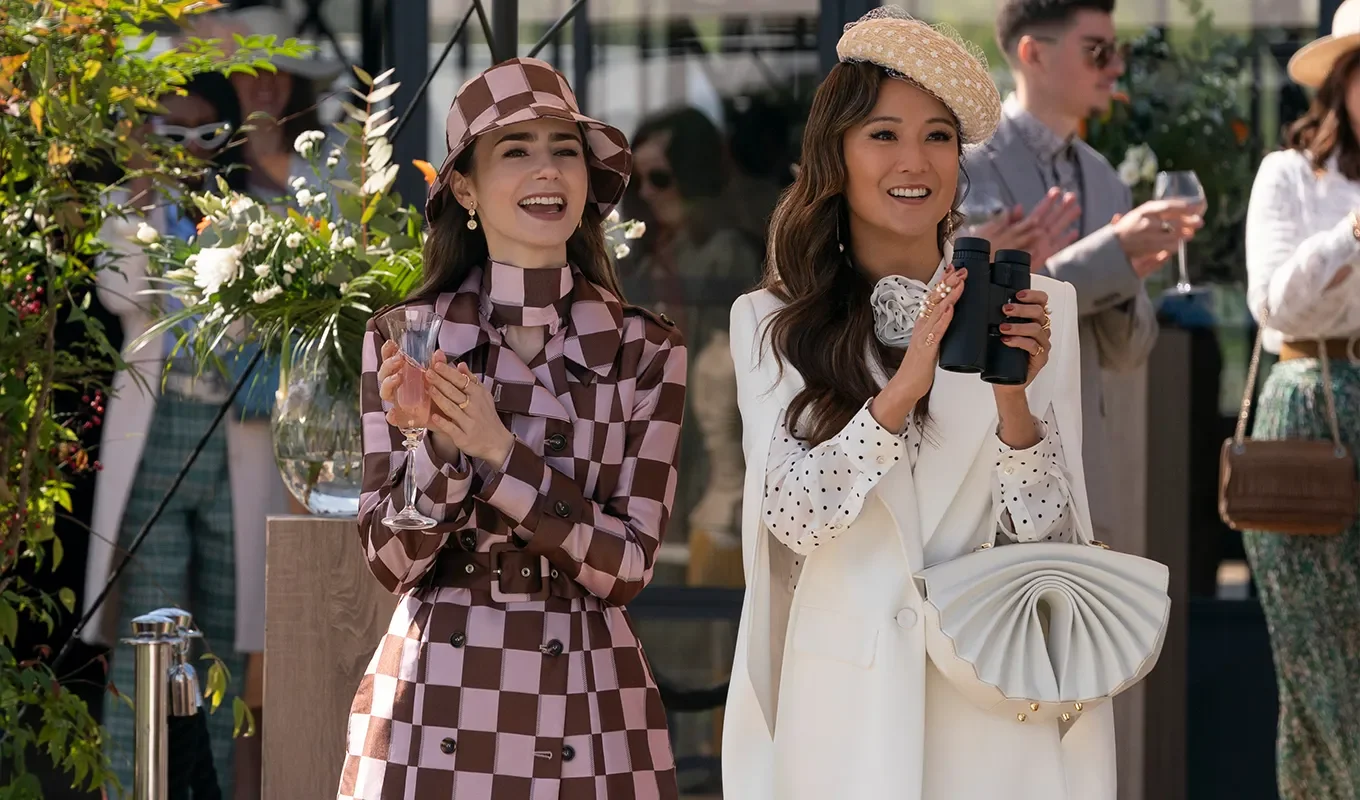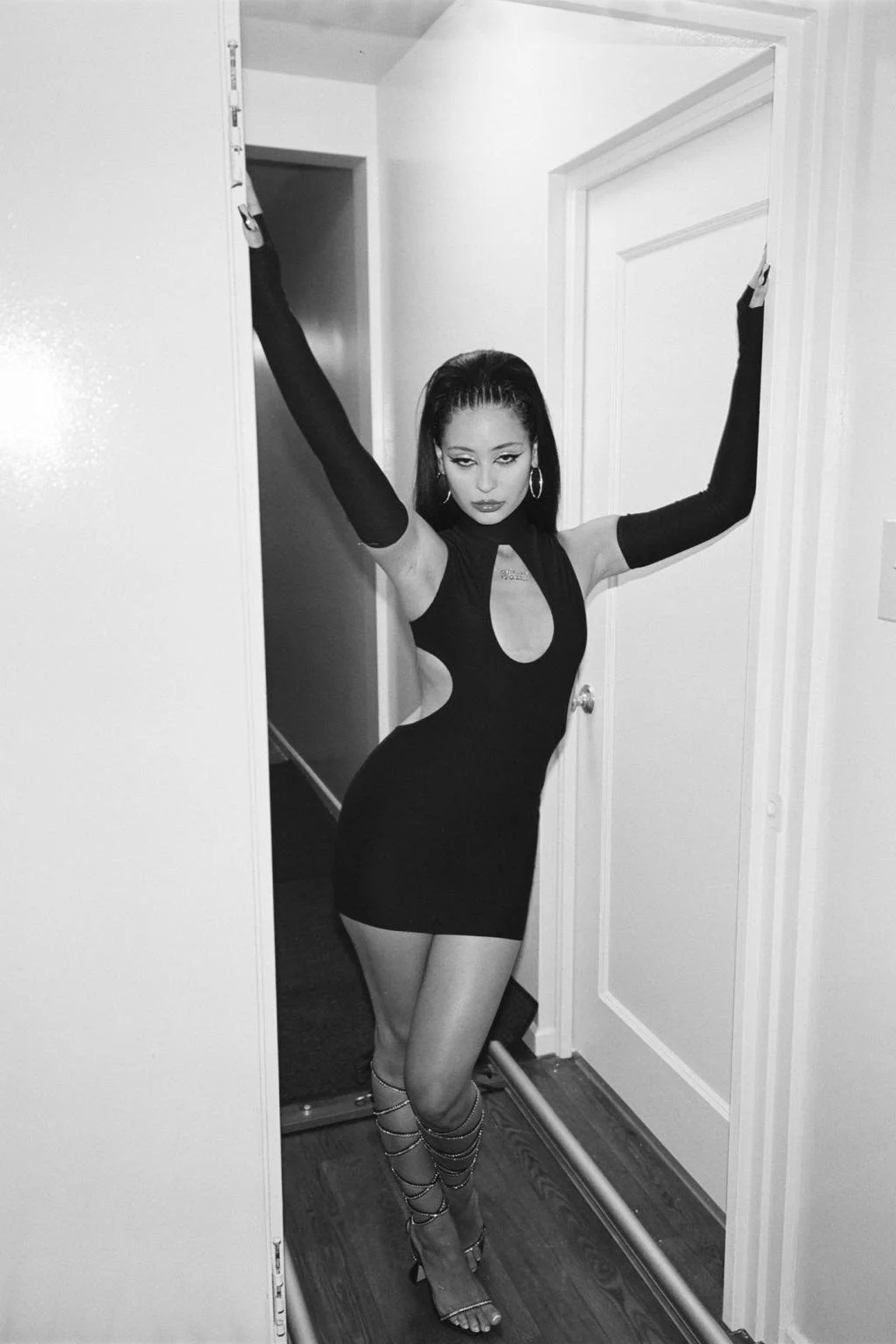The Most Influential TV Fashion Moments of the 21st Century
From Blair Waldorf’s headbands to Villanelle’s pink tulle dress, we track how television became the new runway and which looks still shape style in 2025
Image Courtes of Harper's Bazaar
Once upon a time, fashion’s most significant cultural moments came from glossy magazines and runway shows in Paris, Milan, and New York. Today, television holds equal power. In the streaming era, every outfit on screen can be paused, screenshot, dissected, and shared instantly across social media. Shows like Gossip Girl, Killing Eve, Emily in Paris, and Insecure don’t just reflect what’s in style; they create trends, sometimes faster and more decisively than any fashion week presentation.
Television wardrobes have become the ultimate cultural signifier: they set aspirational benchmarks, turn characters into style icons, and even shape real-world consumption. In this article, we explore the TV moments that defined fashion in the 21st century, dissect how they influenced trends, and examine why certain on-screen wardrobes still impact what we wear today.
Gossip Girl: The Preppy Chic Revival
In 2007, Gossip Girl arrived on the scene and instantly changed how teenagers and later young adults approached fashion. The Upper East Side setting demanded polished, aspirational style, and costume designer Eric Daman delivered. Blair Waldorf’s signature headbands, perfectly layered sweaters, and plaid skirts became the “It girls” uniform everywhere. But it wasn’t just the uniformity that mattered; it was the mix of ambition and accessibility.
Serena van der Woodsen, on the other hand, embodied effortless boho-luxe. Flowing dresses, oversized coats, and layered jewelry made her the image of New York cool, a style that could be aspirational without feeling unattainable. Every episode offered a carefully curated tableau of street-chic meets luxury.
The 2021 reboot of Gossip Girl transported the aesthetic into Gen Z territory, emphasizing inclusivity, streetwear influences, and digital-native styling. The preppy revival continued with neon accents, oversized blazers, and hybrid sneakers paired with plaid skirts. The impact is measurable: from TikTok tutorials on recreating Blair’s headband looks to luxury brands seeing spikes in miniskirts and blazers reminiscent of the series’ early years.
Gossip Girl wasn’t just about costumes; it was a visual language that codified aspiration, status, and social hierarchy through clothing. Its legacy remains palpable in today’s streetwear-prep hybrids, where plaid meets sneakers and luxury meets accessibility.
Image Courtesy of Marie Claire & Stylist
Killing Eve: Villanelle’s Couture Assassin Wardrobe
Few shows have wielded fashion as dramatically as Killing Eve. Villanelle, portrayed by Jodie Comer, redefined what it means to be stylish, dangerous, and utterly unforgettable. Costume designer Charlotte Mitchell infused her wardrobe with a calculated audacity, mixing high-end couture with cinematic drama.
Consider the iconic pink Molly Goddard tulle dress, a social media sensation overnight. It wasn’t just a dress; it was a statement of power, playfulness, and narrative storytelling. Villanelle’s wardrobe fused eccentricity and sophistication: sculptural coats, bold patterns, high heels that made a statement with every step, and unexpected textures that felt like they could be from another universe entirely.
Designers featured included Chloé, The Attico, Gucci, and Burberry, but the brilliance lay in the combination. Villanelle turned outfits into their characters, each telling part of the story about her personality, mood, or next move. Her style encouraged audiences to consider fashion as a form of narrative, not merely decoration.
The broader influence was immense. Villanelle’s looks inspired viral content, cosplay, and fashion editorials. Suddenly, “villain chic” became a recognized aesthetic: a daring, maximalist approach to dressing that embraced individuality, storytelling, and bold choices, merging couture with the power of persona.
Image Courtesy of Harper's BAZAAR
Emily in Paris: The Maximalist Fantasy
Patricia Field, the legendary costume designer behind Sex and the City, brought a similar flair for fantastical, aspirational style to Emily in Paris. Lily Collins’s character is the ultimate walking Instagram post, each episode a lesson in maximalism, color, and playful eccentricity.
Emily’s wardrobe is loud, unapologetically curated, and often whimsical. Think neon skirts paired with clashing printed jackets, oversized bows, and statement shoes that might otherwise seem impractical. But in Field’s hands, the chaos becomes narrative: it tells the story of a young woman navigating a foreign city with confidence, curiosity, and individuality.
Fashion fans worldwide debated whether Emily’s wardrobe was chic or kitschy, but either way, it drove engagement. Her looks generated memes, inspired Parisian streetwear reinterpretations, and sparked direct brand collaborations. Even shoppable pieces and social media campaigns tied to the show ensured audiences could “wear the story” themselves.
Emily in Paris illustrates how TV fashion today is participatory. Wardrobes are no longer passive; they invite replication, remixing, and personal interpretation. Every outfit allows fans to participate in a curated fantasy, blurring the line between fictional and aspirational dressing.
Image Courtesy of PureWOW
Insecure: Authentic Black Style on Screen
Insecure stands out for its commitment to authenticity and representation. Shiona Turini curated Issa Rae’s wardrobe, which spotlighted Black designers, culturally resonant pieces, and everyday wear that felt lived-in yet aspirational. From HBCU gear to independent Black-owned labels, the show elevated garments beyond the narrative, creating cultural touchpoints and visibility for underrepresented designers.
Natural hair, statement sweaters, and versatile streetwear became iconic as plot points. The wardrobe choices reflected real communities, lifestyles, and identities, making them relatable for viewers who rarely saw themselves in mainstream television fashion. In doing so, Insecure influenced real-life trends: oversized denim jackets, vibrant prints, and culturally meaningful accessories found their way into everyday wardrobes.
The brilliance of Insecure lies in its balance: it’s authentic, aspirational, and stylish without veering into costume-like spectacle. Fashion here isn’t decoration; it’s storytelling, identity assertion, and cultural visibility. It demonstrates how a wardrobe can operate on multiple levels, influencing audiences while remaining true to narrative integrity.
Image Courtesy of HBO via Grazia
Other Honorable Mentions
While the shows above have made indelible marks, several others deserve recognition:
Sex and the City / And Just Like That…: Established the archetype of the TV fashion icon and a legacy of aspirational dressing, influencing decades of stylists
Euphoria: Revived Y2K fashion through Maddy and Cassie, pairing vintage denim with indie designer pieces
Mad Men: Reintroduced 1960s tailoring and retro silhouettes to modern audiences, sparking a tailoring revival in the 2010s
Succession: Quiet luxury and minimalist power dressing became aspirational through Shiv Roy’s wardrobe, influencing corporate style aesthetics
These shows show that TV fashion can operate on multiple levels: nostalgia, aspirational fantasy, social commentary, or stylistic subversion.
Image Courtesy of ELLE
Why TV Wardrobes Influence Real-Life Trends
The difference between TV and runway influence is immediacy. Streaming services allow viewers to binge-watch episodes, pausing and capturing details for social media sharing. Memes and screenshots turn characters’ looks into viral content, while blogs and e-commerce platforms make outfits accessible. Television democratizes fashion influence, giving style moments a direct pipeline from screen to closet.
TV wardrobes are intimate, unlike the runway, which often feels aspirational yet remote. They anchor style in character, narrative, and context. Audiences aren’t just consuming clothing; they’re consuming a lifestyle. Characters become avatars, aspirational yet relatable, guiding how viewers interpret and adopt trends in real life.
Moreover, TV fashion has the advantage of time. A character may wear multiple outfits across seasons, each with a distinct visual identity. This prolonged exposure allows trends to saturate audiences more thoroughly than a single runway show or editorial shoot could.
The Lasting Influence
From Blair Waldorf’s preppy headbands to Villanelle’s couture rebellion, from Emily’s maximalist Parisian dream to Issa Rae’s authentic representation, television has consistently shaped 21st-century fashion. TV wardrobes now define trends, archetypes, and cultural narratives that influence what we wear and how we perceive style.
The shows that resonate combine narrative, character, and wardrobe into a cohesive, aspirational package. They prove that fashion isn’t only about garments, it’s about storytelling, visibility, and the cultural context in which clothing lives.
So, as we look to 2025, the question isn’t simply what’s trending on the runway; it’s which character, scene, and outfit will define the next cultural moment. Which TV style moment defined your 21st-century wardrobe?














